| Musiquarium | May 3 2019 |

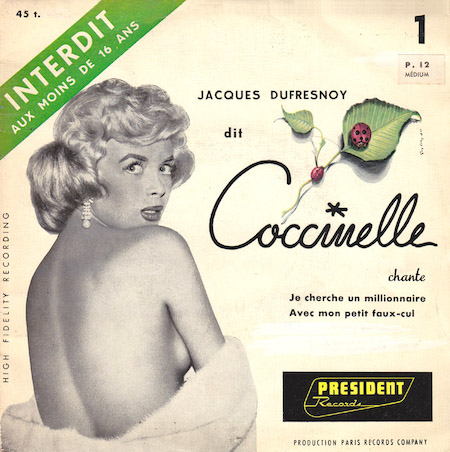
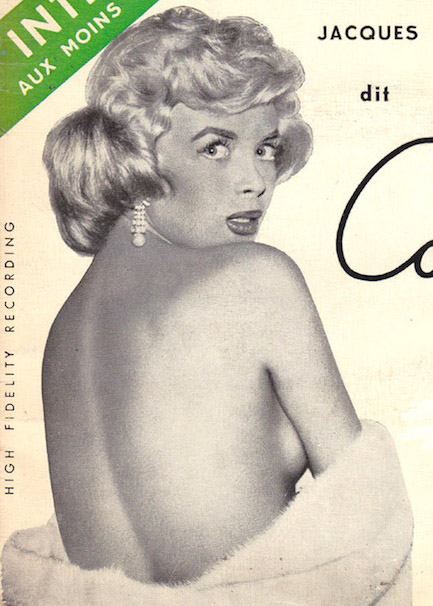
| Hollywoodland | Sep 8 2018 |

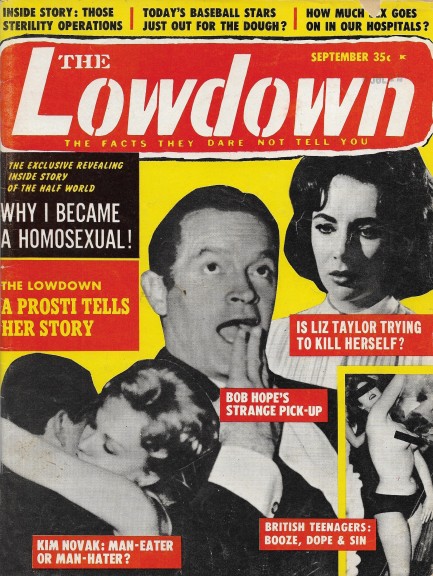
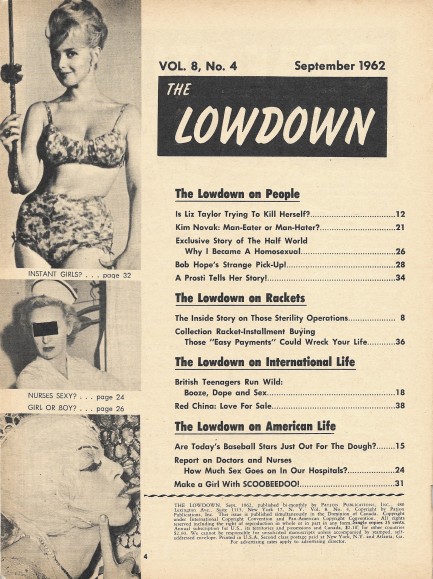
 could make lampshades, baskets, placemats, keychains. A California man famously used it to make bikinis. We imagine it would work for household repairs, light sexual bondage, whatever you needed it for. The stuff was as popular as the hula hoop for a while. Apparently figures in the electrical industry even complained that a shortage of wiring insulation was due to Scoubidou because it used the same type of plastic.
could make lampshades, baskets, placemats, keychains. A California man famously used it to make bikinis. We imagine it would work for household repairs, light sexual bondage, whatever you needed it for. The stuff was as popular as the hula hoop for a while. Apparently figures in the electrical industry even complained that a shortage of wiring insulation was due to Scoubidou because it used the same type of plastic.Readers above a certain age will already know about all this, of course, but we had no idea. We weren't around back then. And that, succinctly, is why we maintain this website—because we learn about a past we never experienced. But surprisingly Scoubidou isn't just the past. It apparently still exists. It even has a Wikipedia entry with examples of the many things you can make (but no bikinis). So this was a very informative issue of The Lowdown, all things considered. The only thing we're bummed about is that our Scoubidou research provided no actual confirmation that the cartoon dog Scooby-Doo got his name from the toy. But he had to, right? Maybe a reader has the answer to that. In the meantime we have more than twenty scans below for your enjoyment and other issues of The Lowdown you can access by clicking the magazine's keywords at bottom.
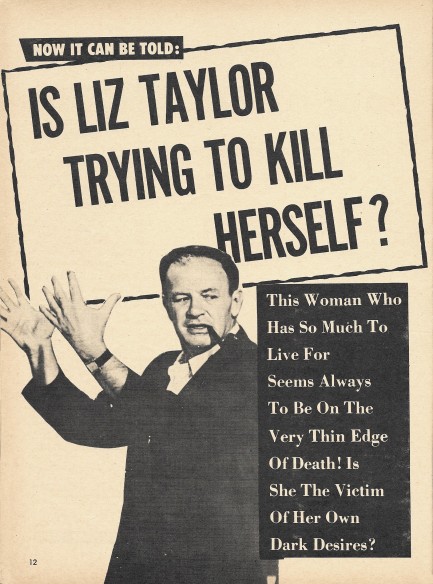
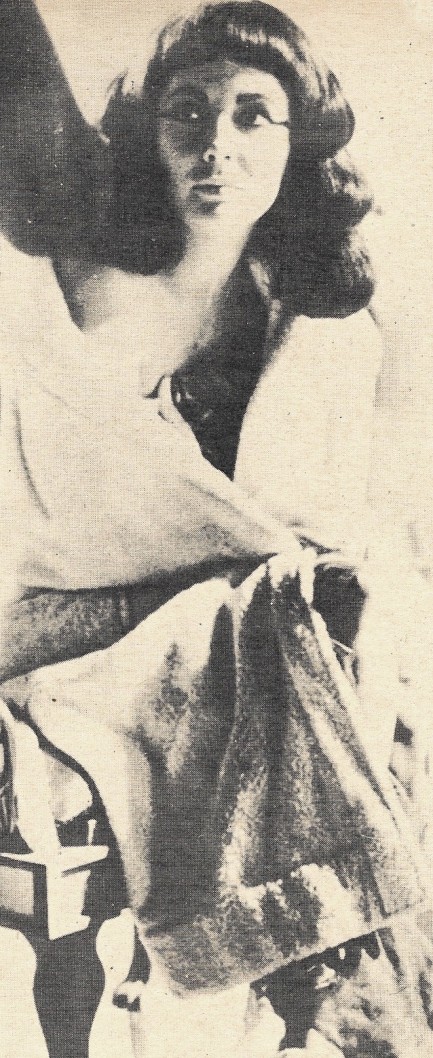


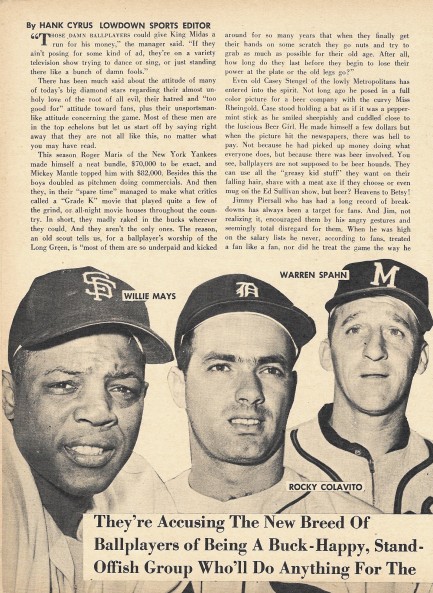
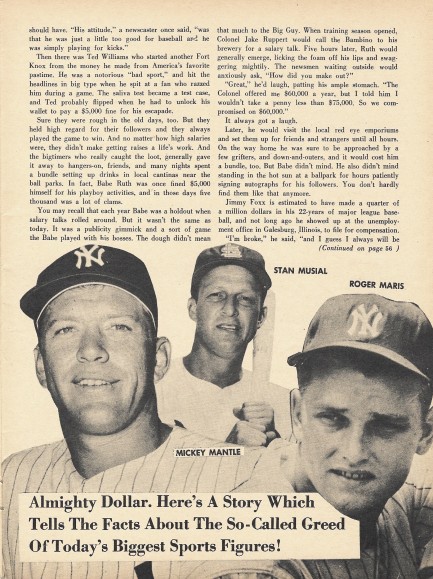
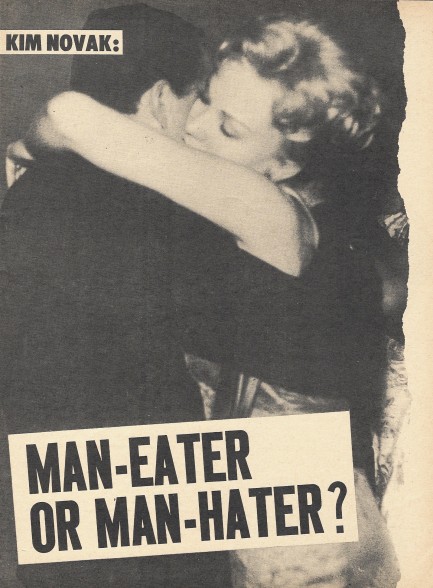
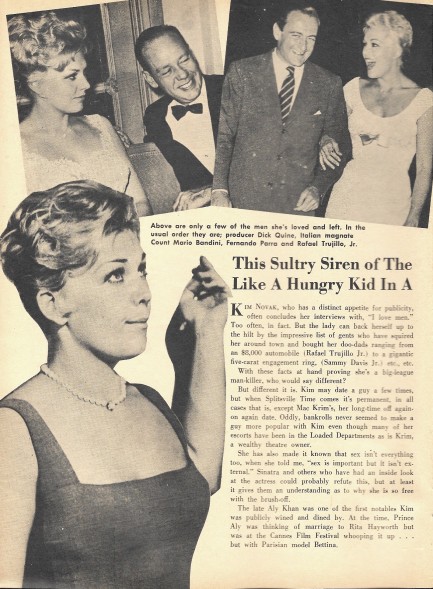
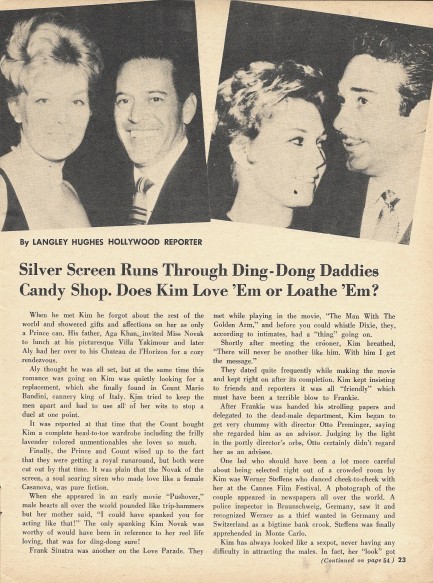
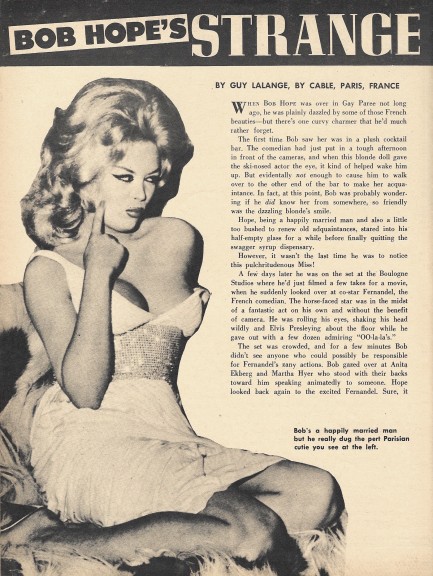
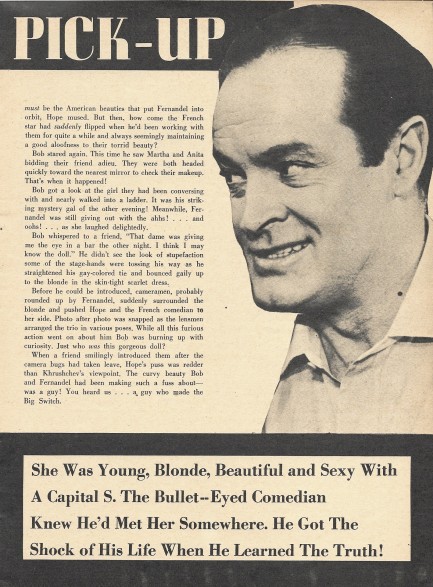
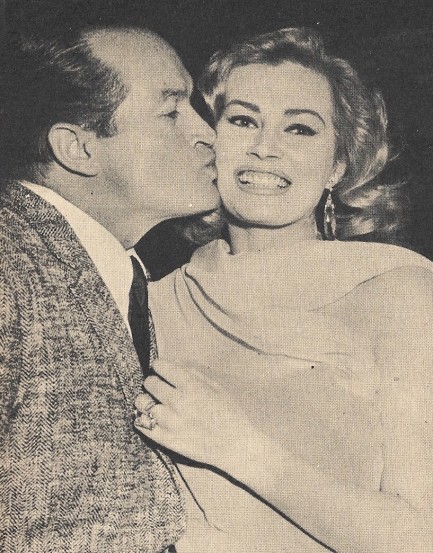
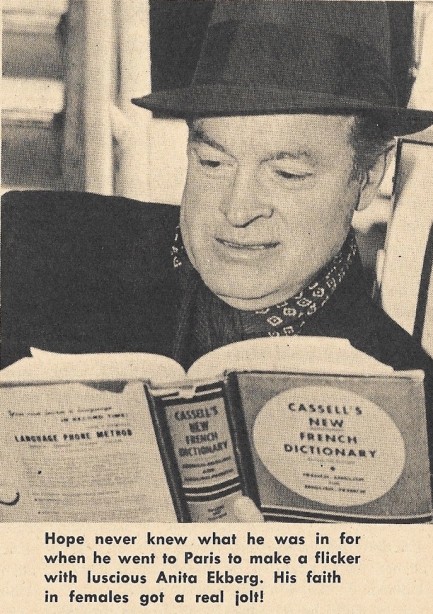
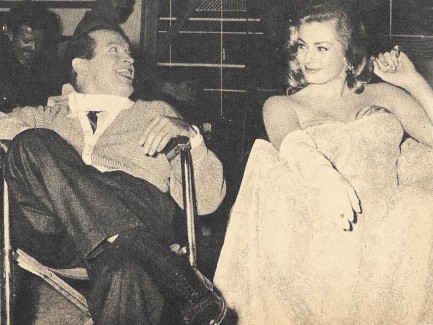
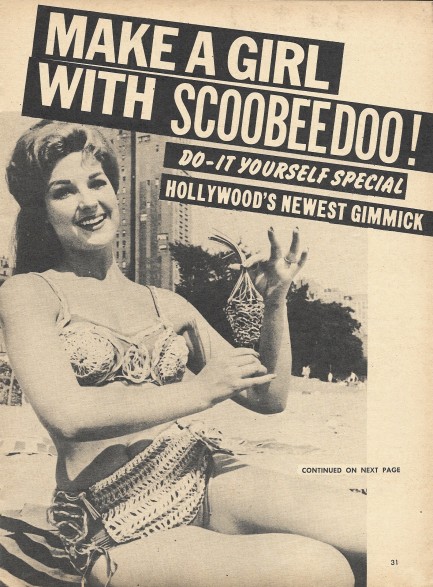
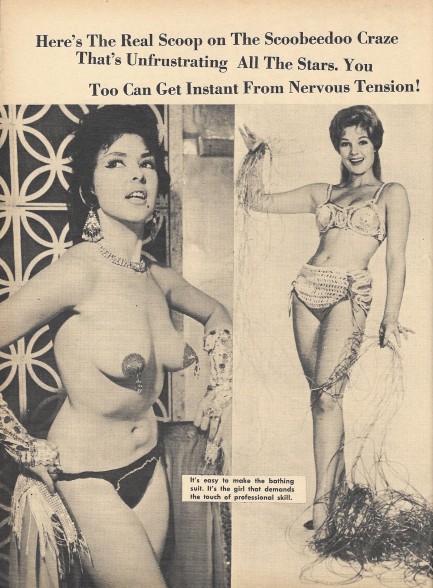
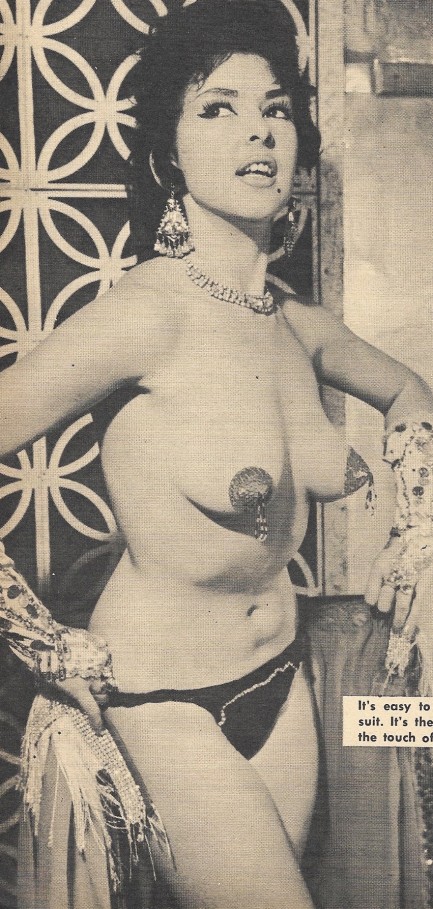
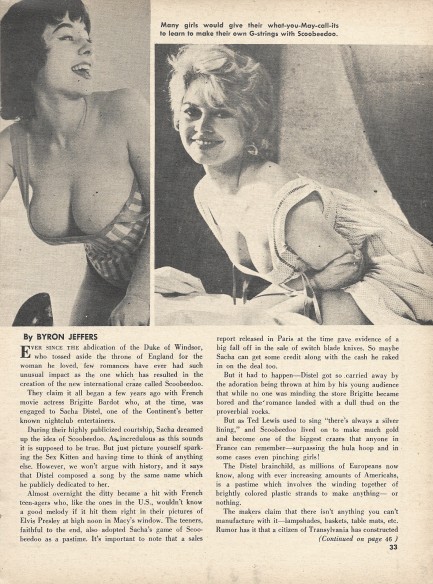
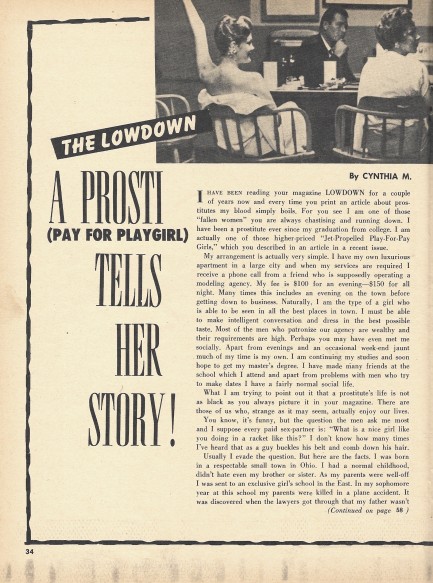
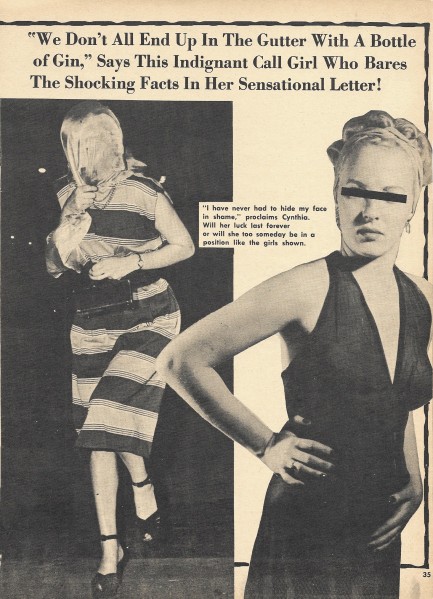

| Hollywoodland | Apr 27 2016 |

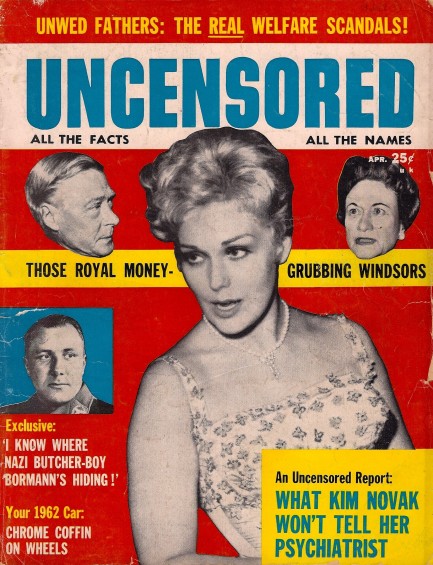
In a story entitled “What Kim Novak Won’t Tell Her Psychiatrist,” this issue of Uncensored from April 1962 promises “the most intimate, revealing self-portrait of a guilt-tormented soul that you have ever read.” What does the magazine reveal? Apparently Novak’s father was disappointed to have had a daughter instead of a son. Novak’s father is portrayed as domineering and distant, and this relationship is cited as the cause of all her “neuroses,” from her preference for slacks and shirts over dresses and skirts, to her supposed shame over sex. Even her short hair is blamed on her father—she allegedly cut it off as an expression of self-loathing. But here’s the bit we love: “He is a father who raised no objection when nightclub entertainer Sammy Davis, Jr. showed up at Kim’s home in Chicago with a engagement ring one Christmas.” Yes, this father of hers was truly the lowest of the low.
The story goes on to describe all the various hells Novak put her employers and paramours through, reveals a lifetime of analysis beginning in childhood, and outs her for an alleged late 1950s stint in a psychiatric facility, where she received “mechanical tests”—i.e. an EEG. It finally ends on a melodramatic note: “Kim fled the hospital, fled the analyst, fled the dark memories. She went back to making movies, to throwing temper tantrums. And, on occasion, to more solid things. She went back to the loneliness she dreads. To the big house that is haunted by shapes, people, memories she dare not dredge up and face lest the strain be too much, added to other strains.” You’d almost think journalist Marian Simms was writing a Harlequin novel—a bad one.
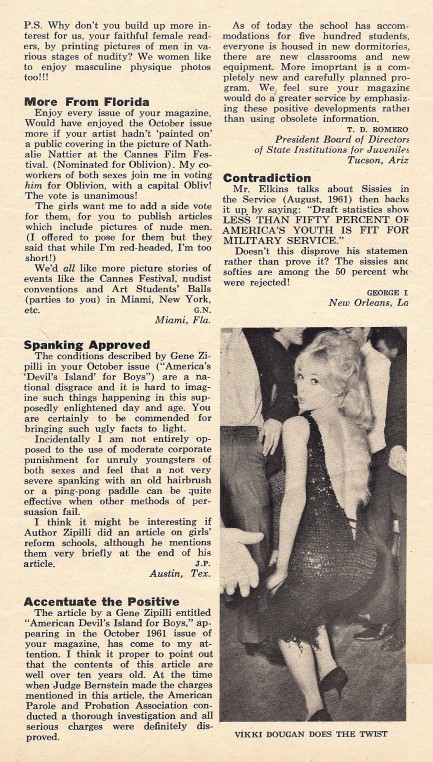
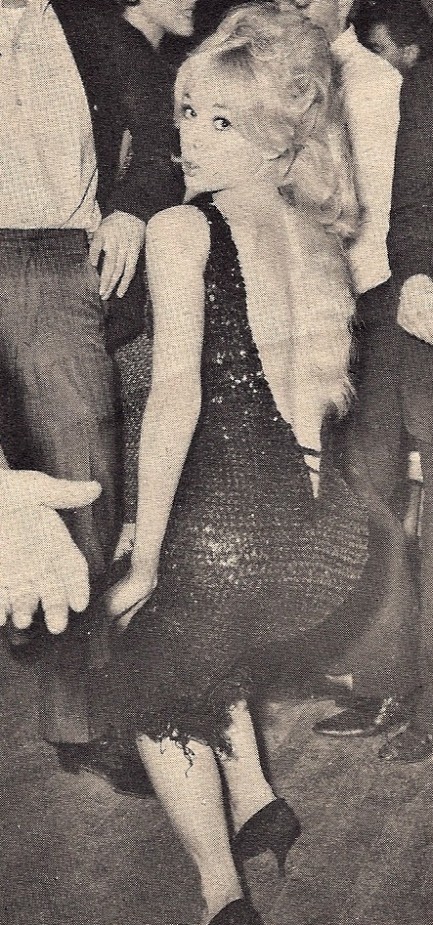
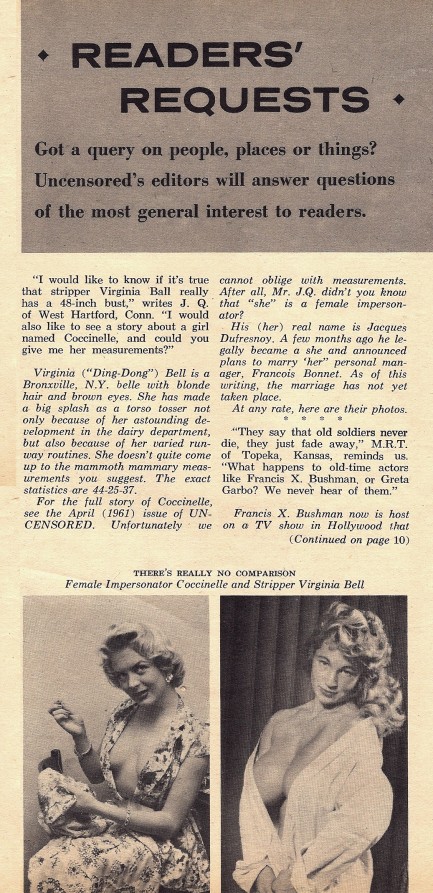
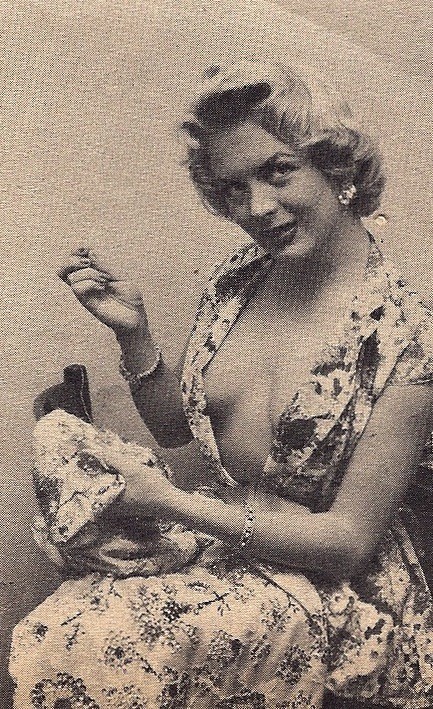
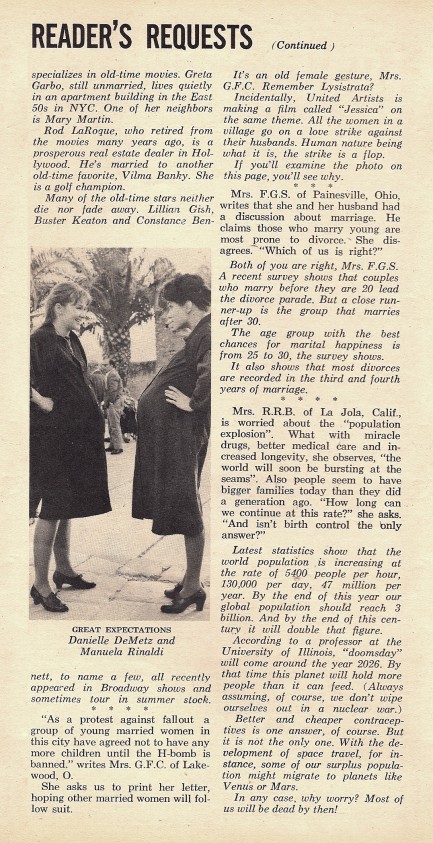
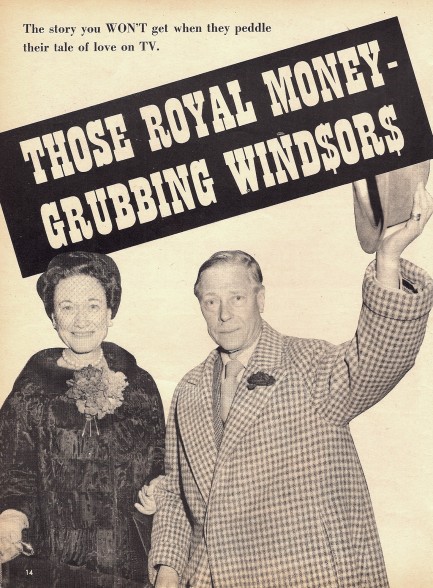
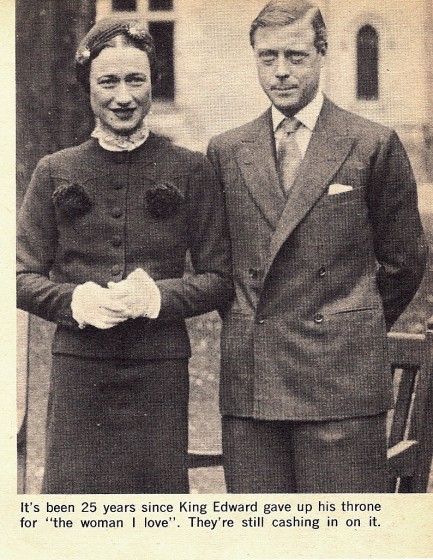
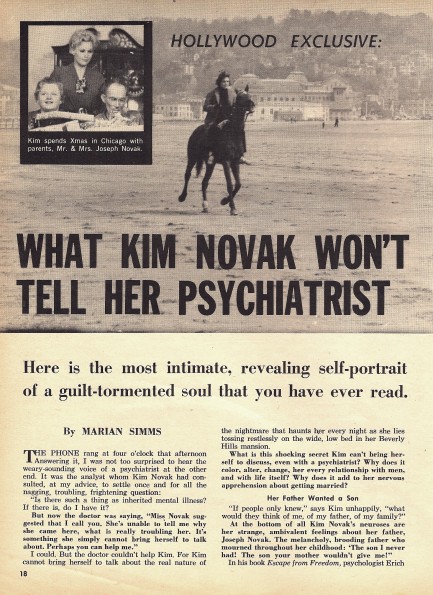
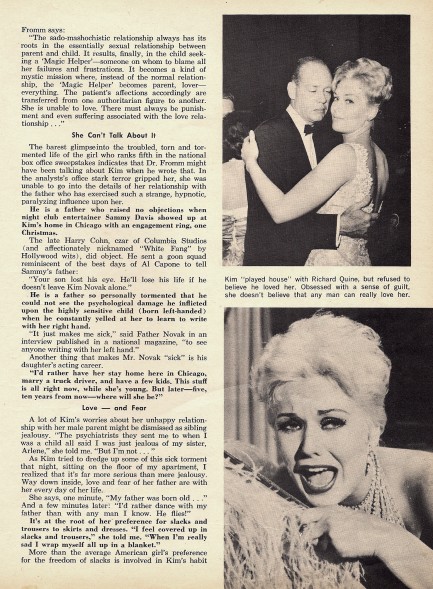
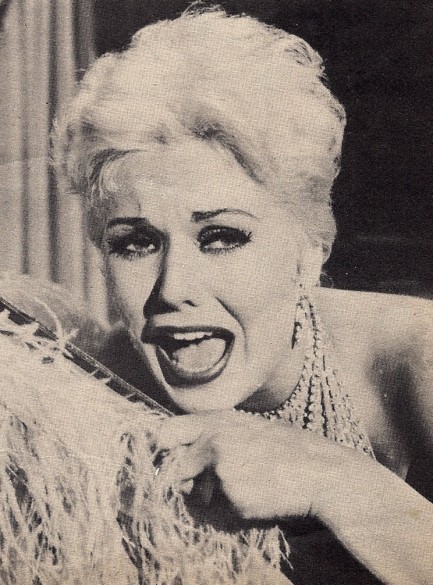

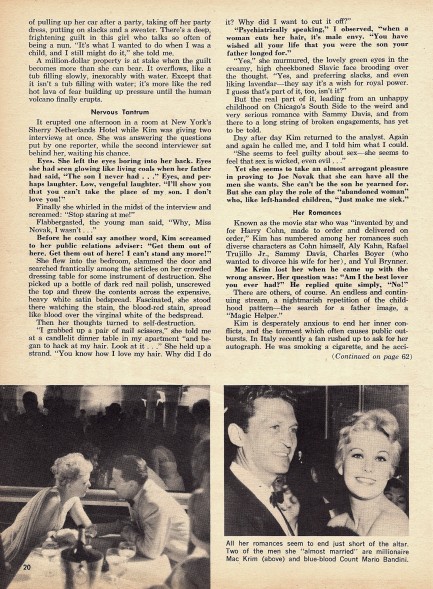

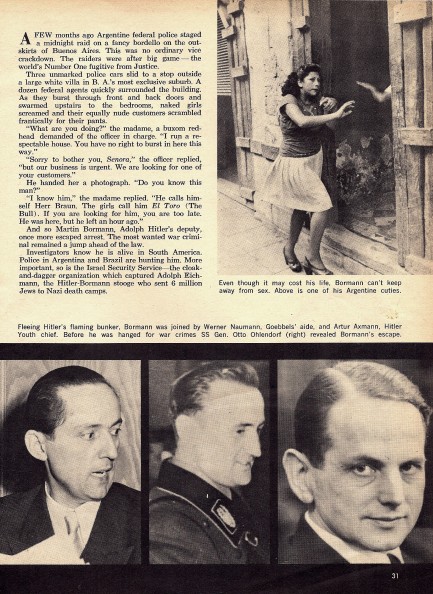
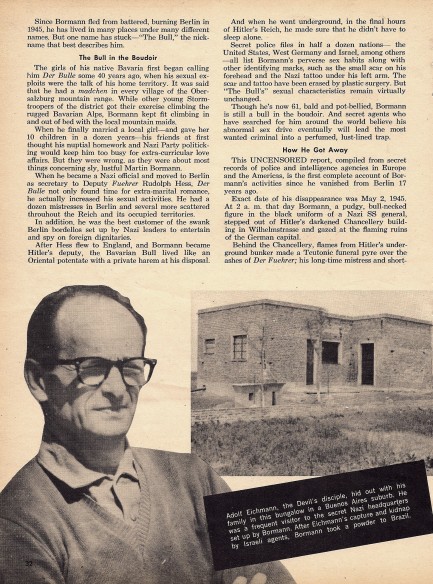
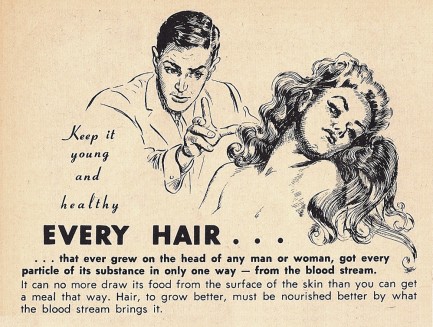
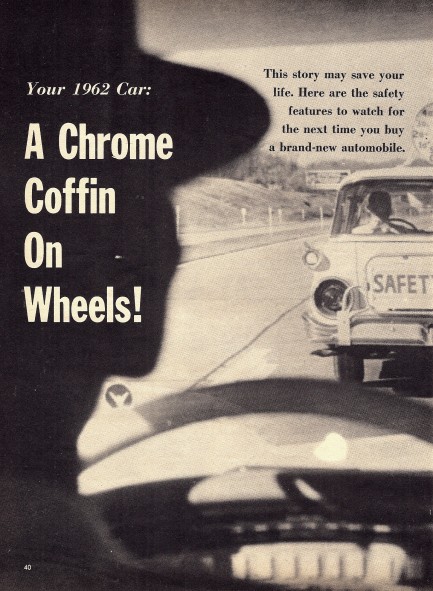
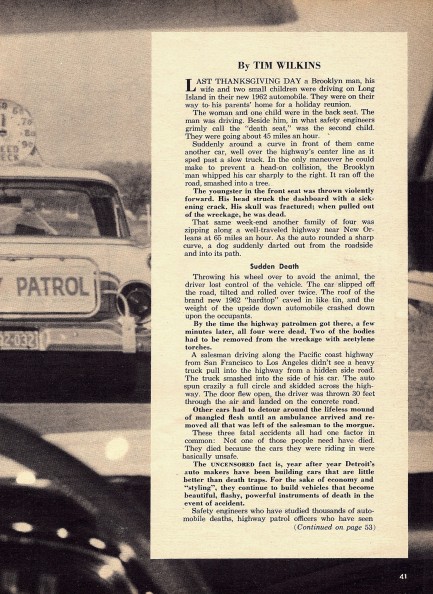

| Sex Files | Jan 21 2014 |

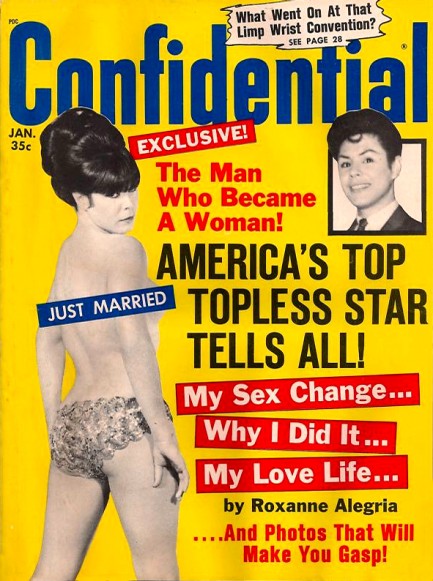
This January 1967 Confidential offers up cover star Roxanne Lorraine Alegria, a famed transvestite-later-transgendered cabaret performer who was billed as “The First Topless Sex Change Dancer.” You may remember that we’ve already featured one Confidential and one Whisper containing mention of the transsexual dancer Coccinelle, another Whisper concerned with Christine Jorgensen, and a National Insider featuring Abby Sinclair. Other tabloids we’ve posted contain similar stories, but we’ve ignored them in favor of other content. The point we’re making is that the frequency with which the old tabloids focused on transsexuals is striking.
| Hollywoodland | Jan 2 2012 |


Hy Steirman’s Whisper magazine is generally considered to be less racy than when it was owned by Robert Harrison, but this issue from January 1959 shows a little of the old spark. It slams Elizabeth Taylor for stealing Eddie Fisher from Debbie Reynolds, with staff scribe Orson C. Green spewing forth this venom: But then Liz made clear to the whole world that beneath that lovely exterior there beats a heart of purest gall. She repaid the infinite kindness of her two friends by breaking up their marriage. Green goes on to describe Taylor trying to soak down New York’s Plaza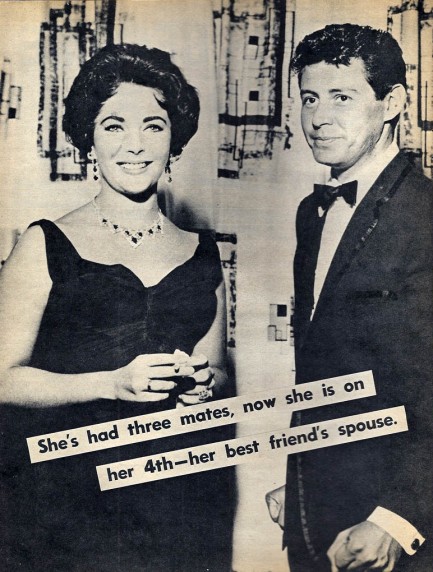
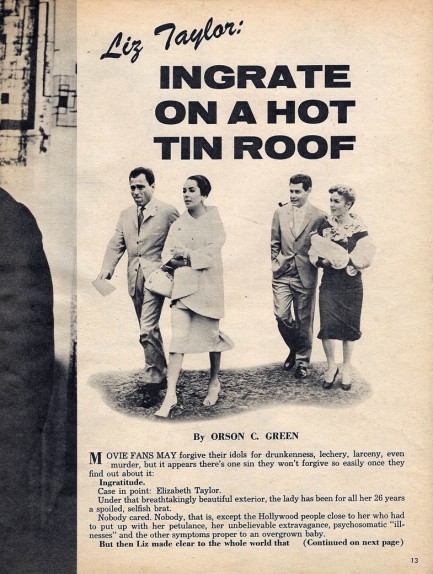
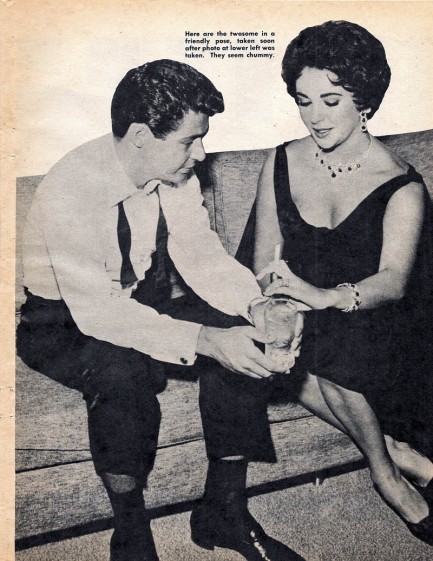
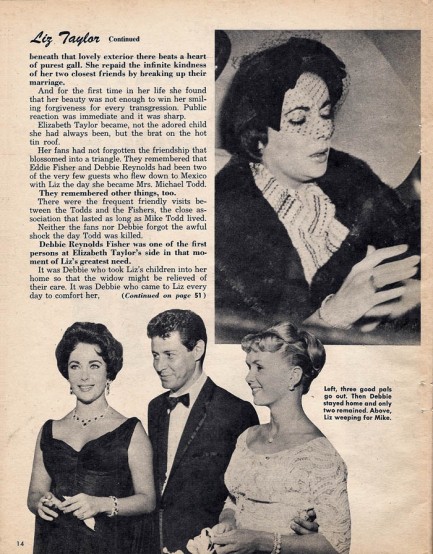 Hotel for two weeks of room charges, and then, when asked to pay, phoning up Montgomery Clift and getting him to help her trash the room. The article concludes: In short, Miss Taylor and friend Clift repaid [the Plaza] for its hospitality by deliberately making a mess for some forlorn chambermaid to clean up. Ingrate!
Hotel for two weeks of room charges, and then, when asked to pay, phoning up Montgomery Clift and getting him to help her trash the room. The article concludes: In short, Miss Taylor and friend Clift repaid [the Plaza] for its hospitality by deliberately making a mess for some forlorn chambermaid to clean up. Ingrate!
Whisper also takes on ex-King Farouk I of Egypt—who was a favorite tabloid target of the time—describing him as “Fatso Farouk”, “the roly-poly playboy of the Nile”, “the balding balloon boy” and worse. Readers are told that he was at Maxim’s in Paris one night and saw Coccinelle do a song accompanied by a striptease that left her in only a beaded g-string. Farouk, who was famously amorous, was so smitten that he sent his card and a bouquet of flowers backstage. Coccinelle came to say thanks, and when asked by Farouk agreed to go to dinner. Moments after she left the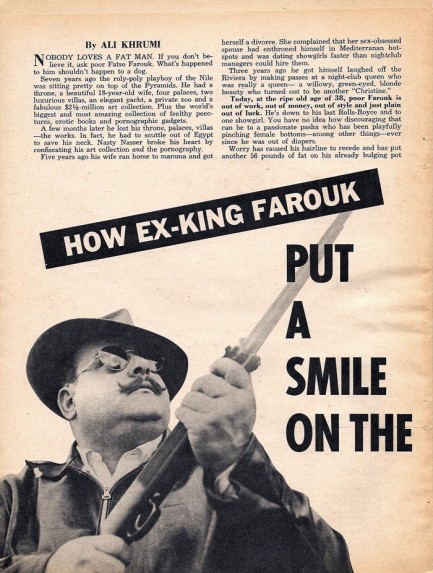
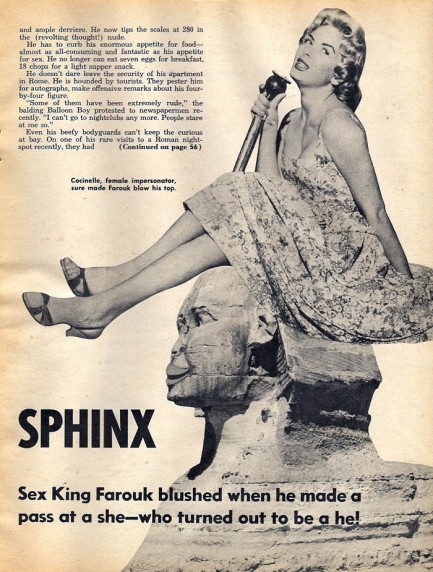 table one of the ex-king’s aide’s hastily scurried over and explained that Coccinelle had once been a man. Allegedly, Farouk flipped. Whisper describes overturned tables, broken bottles, the works. Readers are told: The whole Riviera rocked with laughter. The bulging butt of the joke fled to Rome.
table one of the ex-king’s aide’s hastily scurried over and explained that Coccinelle had once been a man. Allegedly, Farouk flipped. Whisper describes overturned tables, broken bottles, the works. Readers are told: The whole Riviera rocked with laughter. The bulging butt of the joke fled to Rome.
Whisper goes on to discuss sperm banks, state prisons, Vladimir Lenin, Josip Tito, and “white” slavery, but probably our favorite story is the one headlined: Do Ex-Prostitutes Make the Best Wives? A pertinent question. And whom did they get to write the answer? The byline says: by an Ex-Prostitute. We just love that. As far as whether Whisper gets any of its facts straight, we can’t really offer a guess, but this issue proves that even ten months after the sale from Harrison to Steirman, it hadn’t quite lost its spark. Things apparently went downhill pretty fast in the next few years, but we’ll judge that for ourselves as we examine more issues. Visit our entire Whisper collection by clicking its keyword at bottom.
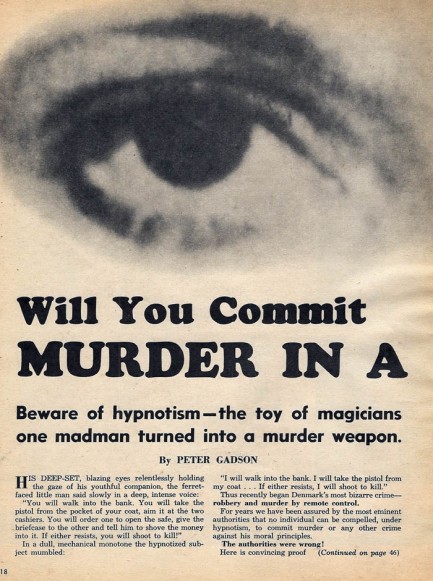
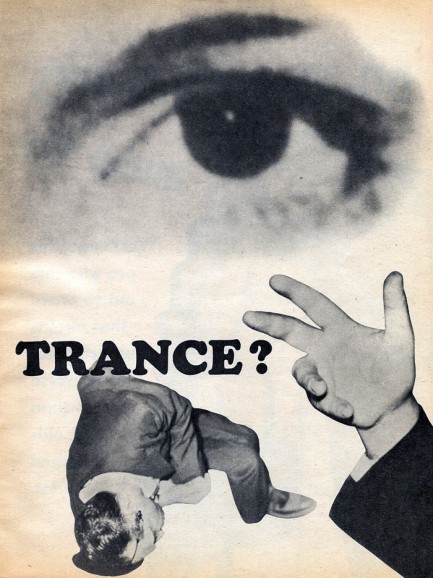
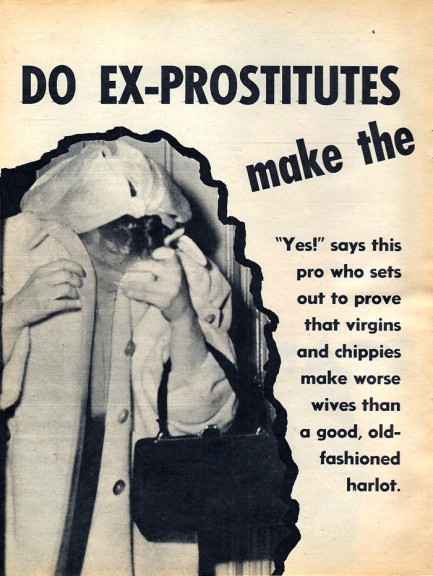
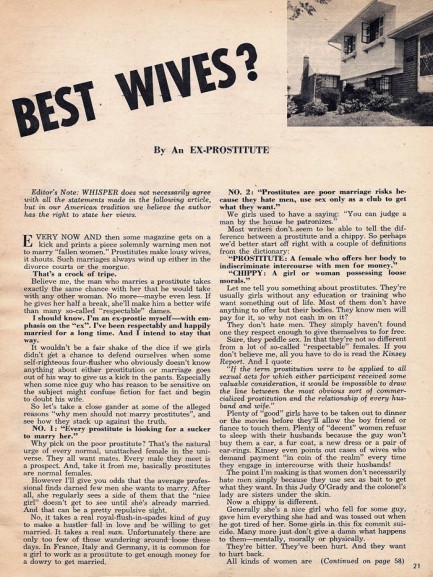
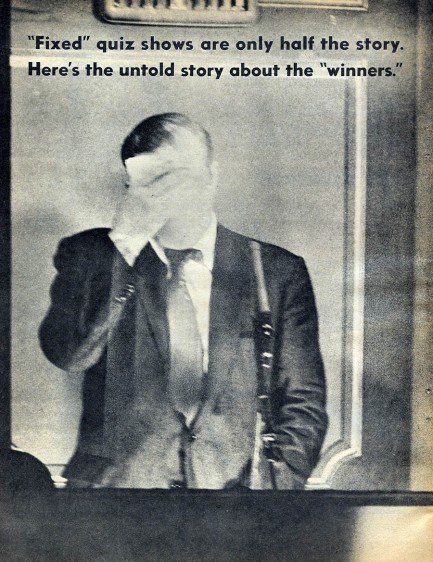
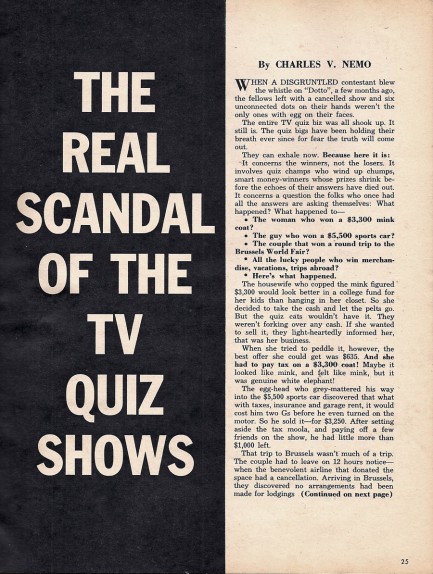
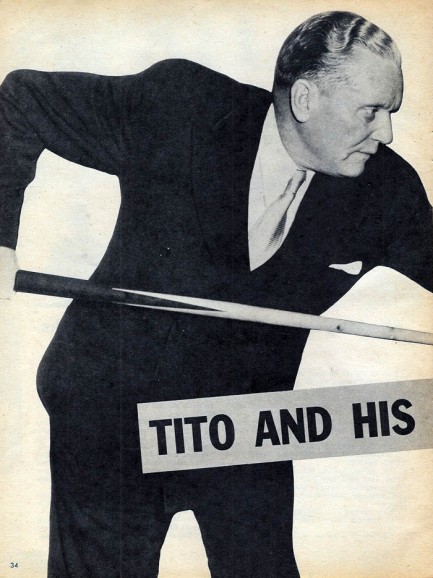
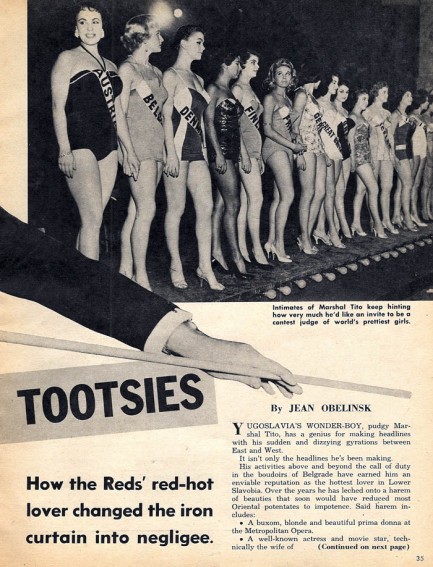
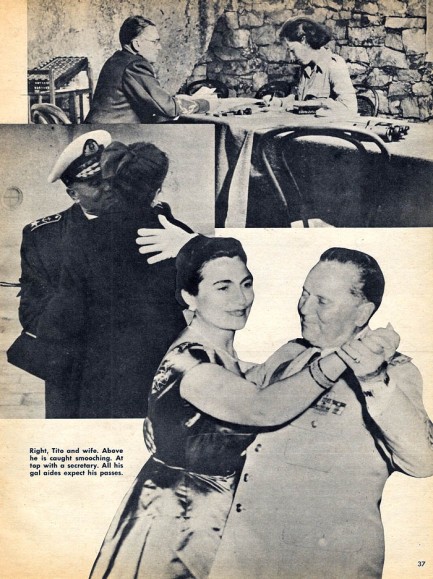


| Sex Files | Oct 18 2011 |

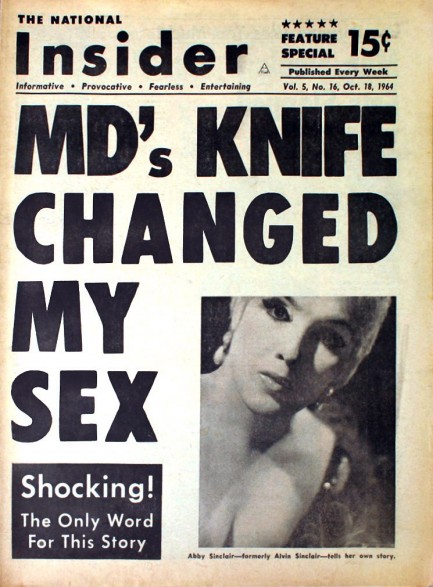
The mid-century tabloid obsession with transsexuals and gender reassignment continues with this issue of The National Insider published today, 1964. This time the subject is Abby Sinclair, who started life as Alvin Sinclair, but changed her sex and—like Coccinelle and Christine Jorgenson before her—became famous on the exotic dance circuit. Somehow 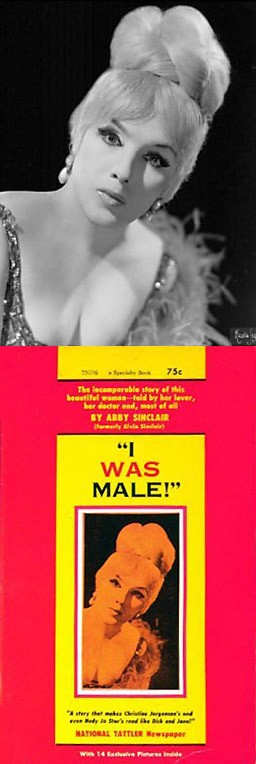 Insider got exclusive rights to Sinclair’s story, and ran it as a serial entitled “I Was Male.” The series was later published as a book.
Insider got exclusive rights to Sinclair’s story, and ran it as a serial entitled “I Was Male.” The series was later published as a book.
Sinclair, who sources agree had beautiful results with her reassignment, went on to a dual career as a stripper under the management of famed NYC promoter Bobby Colt, and as a manicurist named Alice at the Stage Barbershop in Manhattan. We found this out from a copy of (don’t laugh) The Beaver County Times from June 1965. Our guess is that the manicurist job was an excuse to get close to New York celebs, since her workplace was the preferred haircut stop for the likes of Mickey Mantle, Roger Maris, and Tom Poston.
The Times shares an anecdote about a famous columnist who saw Sinclair at Lou Black's Bellydance Emporium one night and recognized her from the barbershop. He sent a note to her only to be informed by Bobby Colt: "That's not Alice, and it's not a girl. That's a guy named Alvin Sinclair from Brooklyn who had one of those operations." Though it sounds as if Colt was turning his own client into a punchline, he really wasn't—the sex change was Sinclair's calling card, and all of her regulars knew she had been a man. For Colt, the more people who knew the story the better. We found nothing more on Abby Sinclair—her moment in history passed quickly. But life goes on, and wherever she went we suspect hers was always eventful.
| Sex Files | Jan 6 2011 |

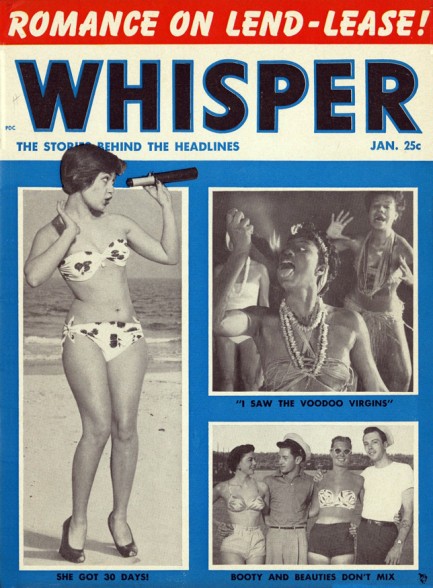
This January 1954 issue of Whisper tells readers about a stripper named Lola Dewitt Stewart who bit a cop, covers a gala Harlem dance, and exposes the voodoo rites of Haitian virgin priestesses. The issue also contains a profile of Christine Jorgensen, the most famous transsexual of her day. Jorgensen—whose name is misspelled "Jorgenson" by Whisper editors—had been born George Jorgensen and had lived unhappily as a male for twenty-five years. After a stint in the Army, he learned about the possibility of becoming more feminine, started by taking hormones, and later travelled to Copenhagen, Denmark to have his male sex organs removed. At the time, Denmark used castration on sexual criminals, which is why the procedure was legal there.
Jorgensen, now female in appearance, returned to the U.S. and New York’s Daily News broke her story with one of the most famous headlines in tabloid history: Ex-G.I. Becomes Blonde Beauty. Jorgensen parlayed the recognition into a show business career, establishing a blueprint for later transgenders like Coccinelle. Jorgensen finished the last of her reassignment surgeries in the mid-1950s and, now sexually female, continued in show business for many years. She danced in Las Vegas, appeared on The Dick Cavett Show, was voted “Miss Neutral Zone” by American soldiers serving in Korea, and had high-profile romances. Later in her life she reflected that she was proud to have been part of the sexual revolution. “We may not have started it,” she said of herself and other transgenders, “but we gave it a good swift kick in the pants.”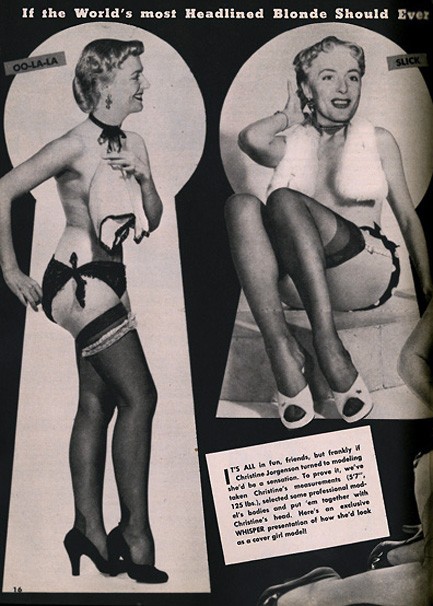
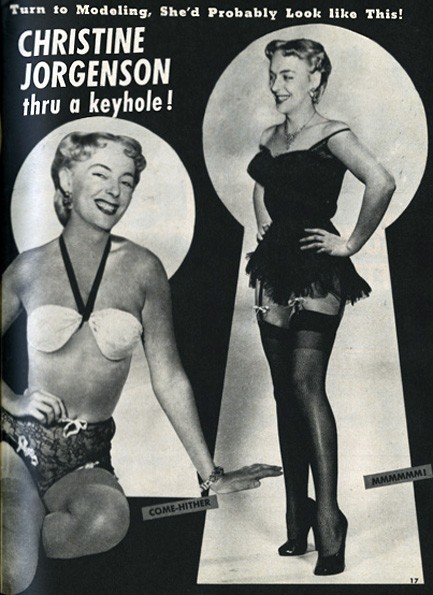
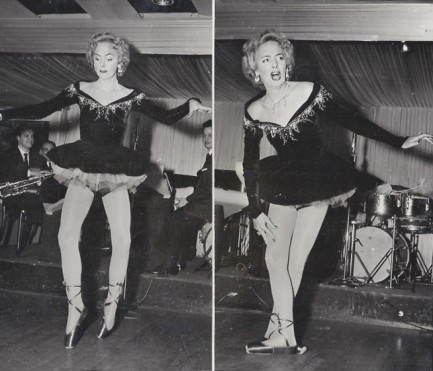
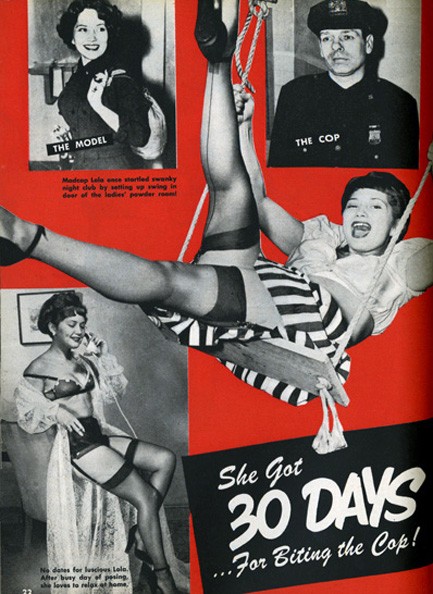
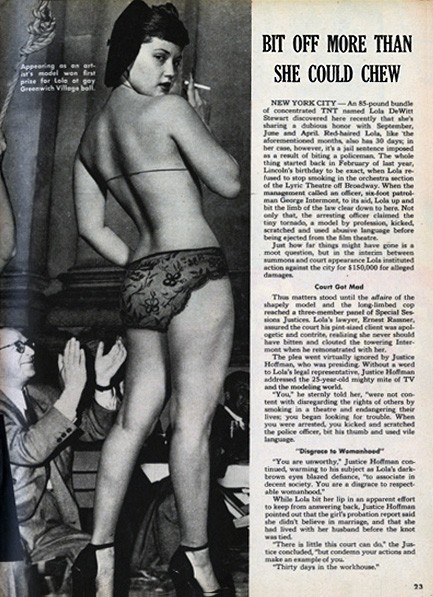

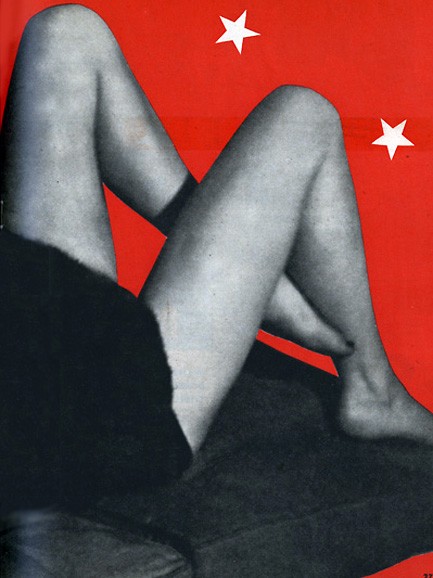
| Sex Files | Aug 2 2010 |


This golden issue of Confidential from August 1961 contains an article about the one and only Coccinelle, who was a French transsexual performer, almost forgotten outside her home country, but who set the world on fire fifty years ago. Born as Jacques Charles Dufresnoy, he adopted the stage name Coccinelle—Ladybug—in 1953 when he debuted at the nightclub Chez Madame Arthur. At the outset of his career, Coccinelle was a male cross-dresser, but in 1958 he underwent sex change surgery in Morocco with spectacular results, and her re-emergence onto the stage as a woman made her world famous. Adopting the persona of blonde bombshells like Mansfield and Monroe, she was able to parlay her status into film roles, and was also featured in a few shockumentaries, but it was on the stage that she shone, performing at some of France’s most exclusive clubs, including Le Carrousel and Paris Olympia.
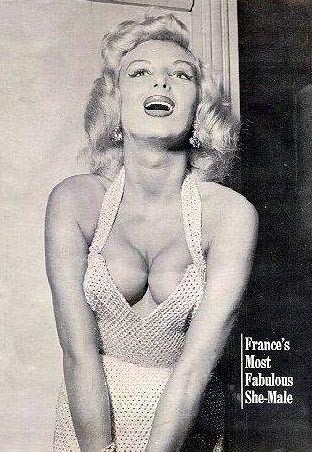 Her fame was a controversial subject of course, if not a public obsession, and her marriages caused epic scandals, but also prompted the French government to legalize unions between transgendered participants. By 1989 Coccinelle had moved to Marseilles, where she headlined at the Cabaret Spitz. She was still performing there in April 2006 when she had a stroke. She died after three months of hospitalization, but over forty years she had carved out a successful career, made a difference politically and, at the forefront of her own small sexual revolution, helped scores of people in her exact circumstances. We’ll look for more information on the fascinating Coccinelle at our usual French sources and perhaps report back on her later.
Her fame was a controversial subject of course, if not a public obsession, and her marriages caused epic scandals, but also prompted the French government to legalize unions between transgendered participants. By 1989 Coccinelle had moved to Marseilles, where she headlined at the Cabaret Spitz. She was still performing there in April 2006 when she had a stroke. She died after three months of hospitalization, but over forty years she had carved out a successful career, made a difference politically and, at the forefront of her own small sexual revolution, helped scores of people in her exact circumstances. We’ll look for more information on the fascinating Coccinelle at our usual French sources and perhaps report back on her later.




































































